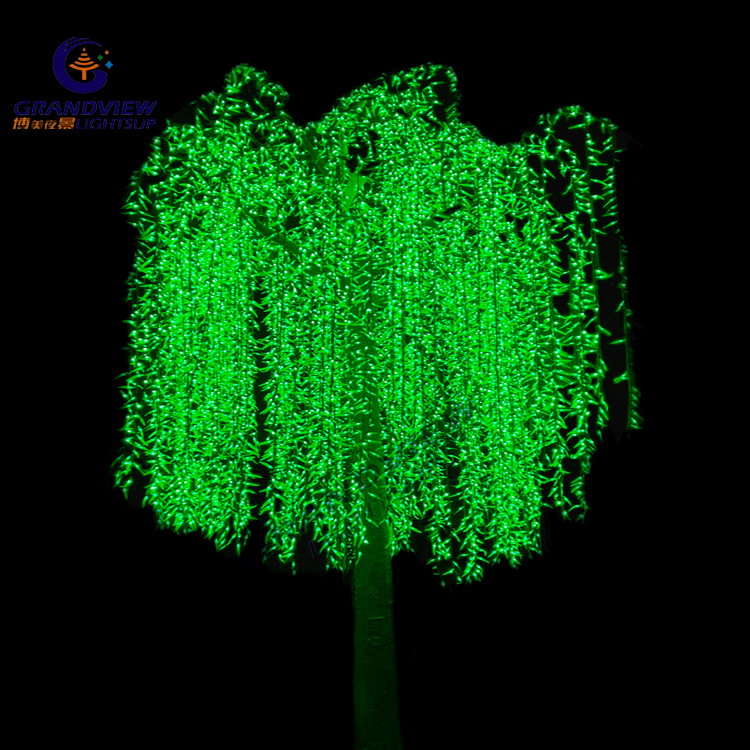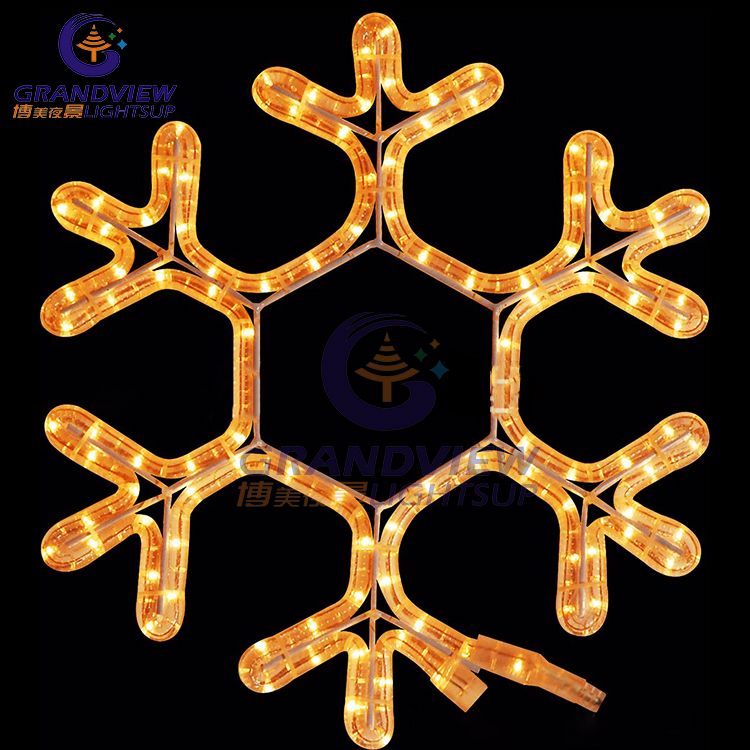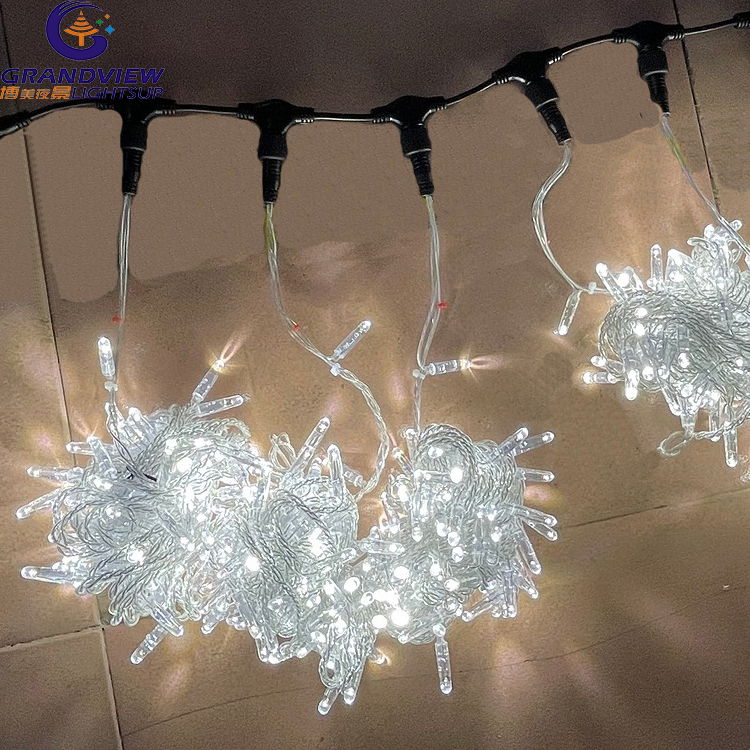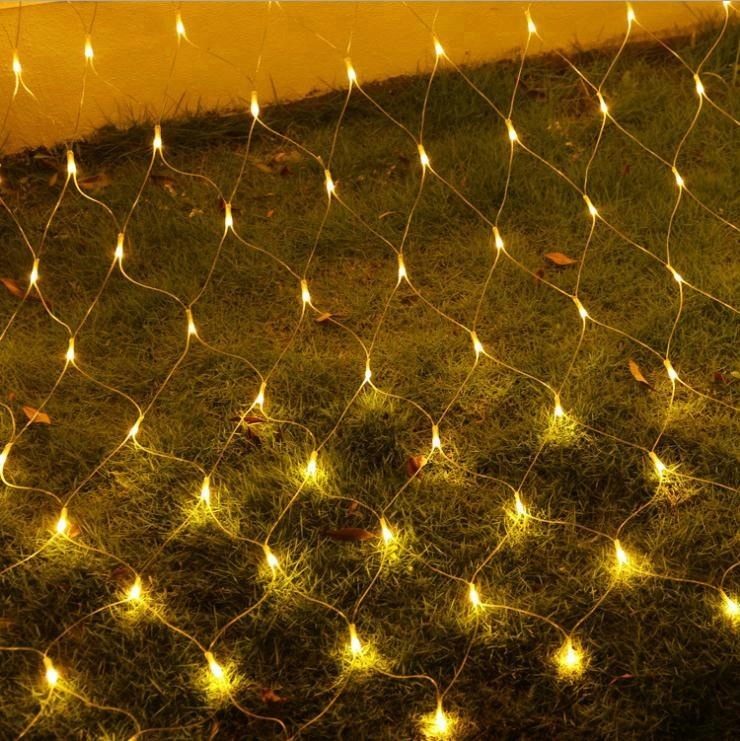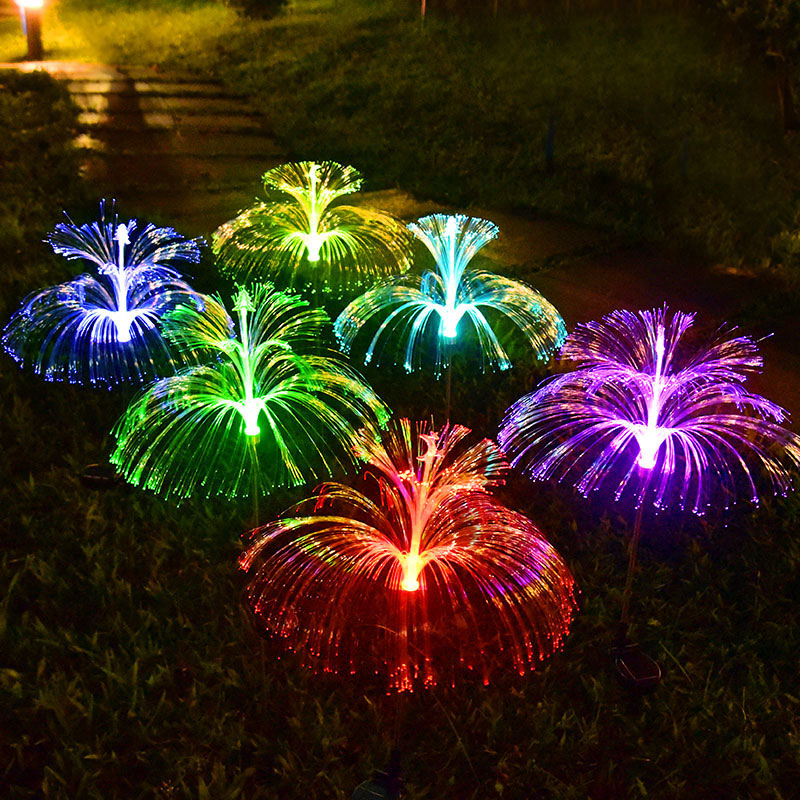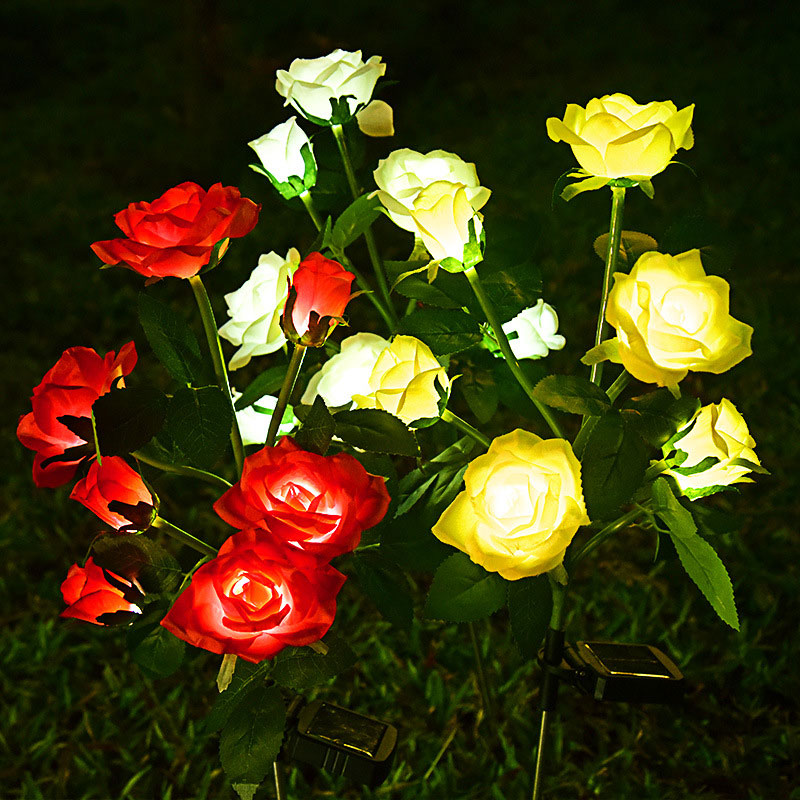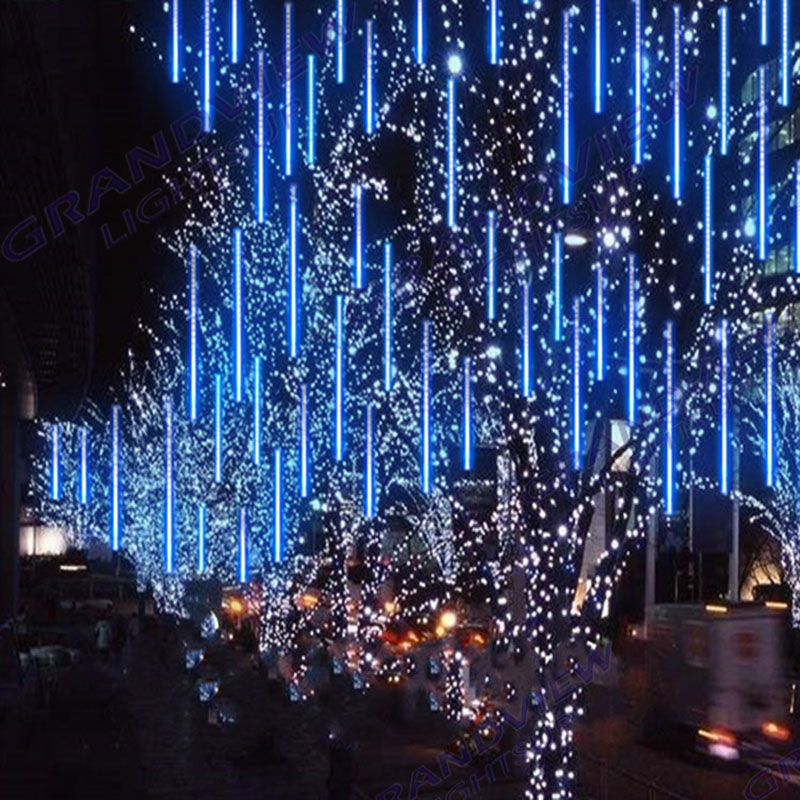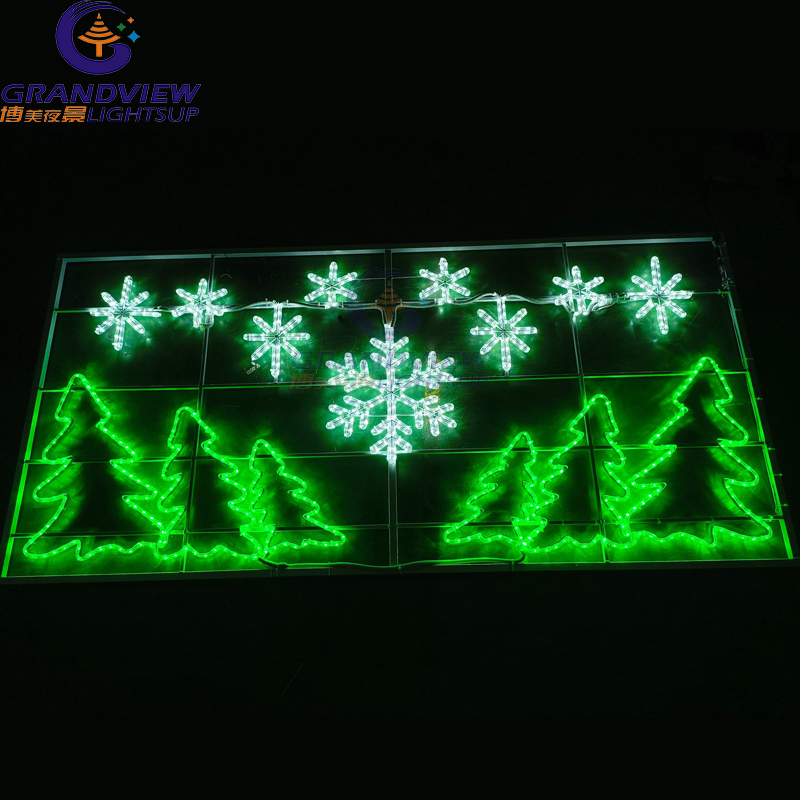Why Is My Solar Garden Light Not Working? A Guide to Self-Troubleshooting and Solutions
Solar garden lights add a warm ambiance to our yards at night, but it can be frustrating when they suddenly stop working. Don’t rush to throw them away! In most cases, you can solve the problem yourself with a few simple steps.

How Solar Garden Lights Work
Understanding the basics can be helpful before starting troubleshooting:
Solar panel absorbs sunlight during the day → Converts light energy into electricity → Stores energy in the rechargeable battery → Photoreceptor automatically activates at night → Electricity powers the LED light
A failure at any of these stages can cause the light to malfunction.
Step-by-Step Self-Troubleshooting Guide
1. Basic Checks: Start with the Simple Stuff
Clean the Solar Panel: This is one of the most common issues. Outdoor dust, pollen, bird droppings, or water stains can block sunlight. Gently wipe the surface of the solar panel with a soft cloth and glass cleaner.
Check the Switch: Some solar lights have an on/off button—make sure it’s turned on.
Remove the Insulation Tab: New solar lights might have an insulation tab in the battery compartment that needs to be removed before use.
2. Environmental Factors
Sunlight Exposure: Ensure the solar light is placed in a spot with sufficient direct sunlight—at least 6-8 hours per day. Check if newly grown trees or structures are blocking sunlight.
Temperature Effects: Extremely cold weather can reduce battery performance, causing the light to dim or operate for a shorter time.
3. Battery Issues (The Most Common Cause of Failure)
Replace the Batteries: Rechargeable batteries typically last 1-2 years. Even if they seem fine, try replacing them with new ones.
Battery Type: Always use rechargeable batteries (usually Ni-Cd or Ni-MH). Standard alkaline batteries are not suitable for charging circuits and may leak or damage the light.
Proper Installation: Make sure the batteries are installed with the correct polarity (+/-). Check for corrosion on the contacts and clean with alcohol and a cotton swab if necessary.
4. Physical Damage Inspection
Check the Wires: Look for damaged, broken, or loose wires between the solar panel and the light body.
Water Resistance: Inspect the light housing for cracks and check if the sealing strip has deteriorated. Moisture inside can cause short circuits and corrosion.
5. Component Testing
Test the Photoreceptor: Cover the solar panel to simulate darkness—the light should turn on automatically. If it doesn’t, the light sensor may be faulty.
Test the LED: Connect the LED directly to a new battery (mind the polarity). If it doesn’t light up, the LED may need replacement.
Test the Solar Panel: Use a multimeter to measure the solar panel’s voltage output in sunlight. It should be higher than the battery voltage (usually between 3-5V). If there’s no reading, the solar panel may be damaged.
Summary of Common Issues & Solutions
| Symptom | Possible Cause | Solution |
| Doesn’t light up at all | Dead batteries | Replace with rechargeable batteries |
| Lights during day, not at night | Faulty photoreceptor | Clean sensor or replace it |
| Dim light | Insufficient sunlight/old batteries | Adjust location or replace batteries |
| Short operating time | Reduced battery capacity | Upgrade to higher-capacity batteries |
| Doesn’t work on rainy days | Water leakage | Check seals or replace housing |
Preventive Maintenance Tips
Clean the solar panel surface after autumn and winter.
In colder regions, consider storing lights indoors during winter.
Check battery performance regularly and replace every 1-2 years.
Clean lights with a soft cloth; avoid using high-pressure water spray.
When to Seek Professional Help or Replace the Light?
If the light still doesn’t work after trying all the above methods, the circuit board or solar panel may be damaged. Weigh the repair cost against the price of a new light—often, replacing it may be more economical.
Solar garden lights are an eco-friendly and energy-efficient choice. With simple maintenance and troubleshooting, you can extend their lifespan and keep your garden beautifully lit night after night. We hope this guide helps you solve the problem and enjoy the benefits of sustainable lighting!
Pro Tip: If the light doesn’t turn on at night, try moving it to a completely dark area. Some lights require total darkness to activate.
Good luck with troubleshooting! If you have any other questions, feel free to leave a comment below.


